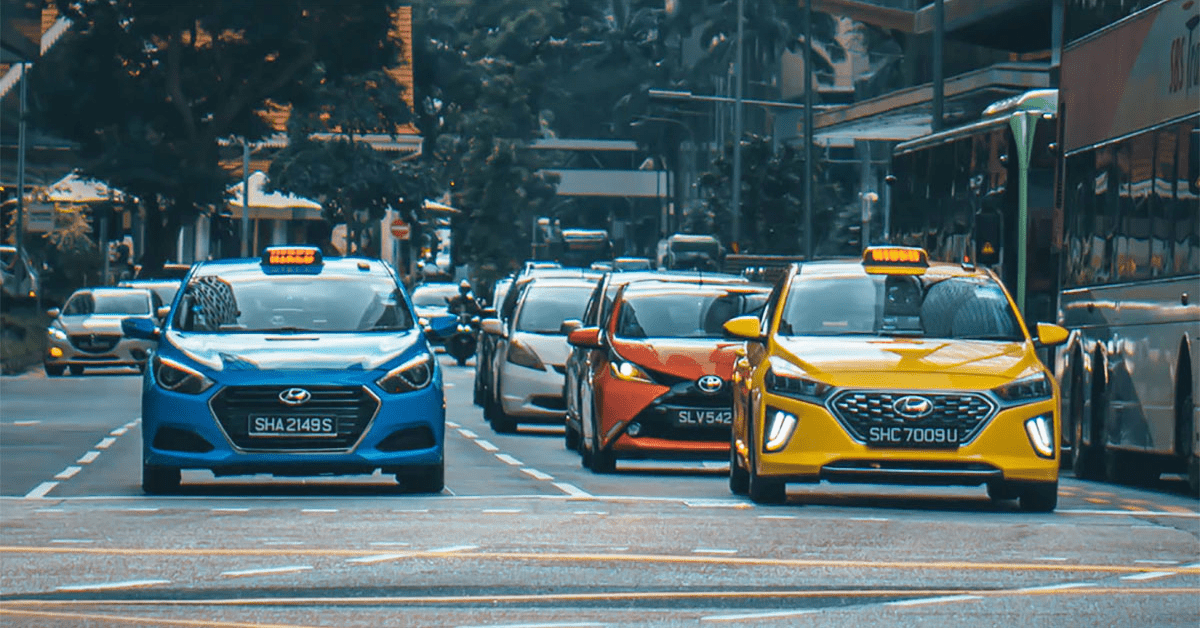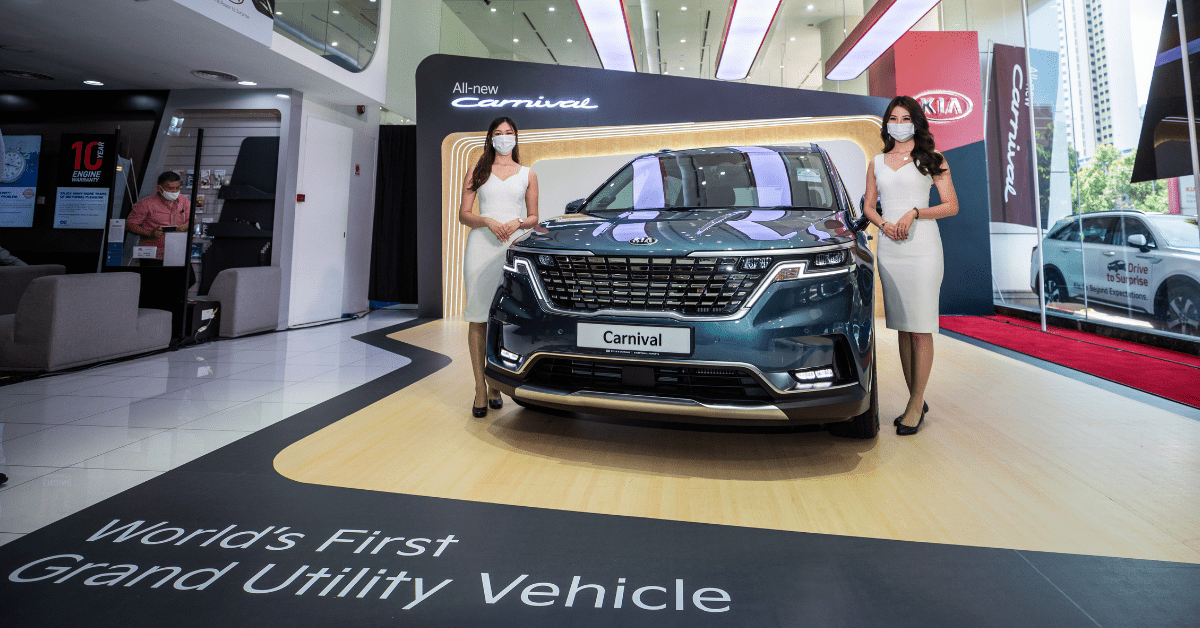Internal Combustion Engine (ICE) VS Electric Cars
In recent years, automotive manufacturers have been increasingly aware of the impact of an Internal Combustion Engine (ICE) vehicle on the environment. Most major manufactures have already announced plans to phase out the development of ICE vehicles. This means that in just 10 years, most brands’ product lineups will consist of mostly, if not all, Electric Vehicles (EVs).
During Budget 2020, it was announced that Singapore will be gradually phasing out ICE vehicles by 2040. Singapore follows a slew of other countries planning to phase out these vehicles.
As part of the phase-out plan, the government will be giving 45% rebate on the Additional Registration Fee (ARF) for EVs from 2021 until the end of 2023 and a (slight) reduction in road tax for these cars. This is a significant step made by the government to convince Singaporean drivers to make the switch to EVs.
So why are we phasing out ICE vehicles, and are EVs actually better for the environment? Let’s take a peek into the pros and cons of owning EVs and ICE vehicles.
Air Pollution
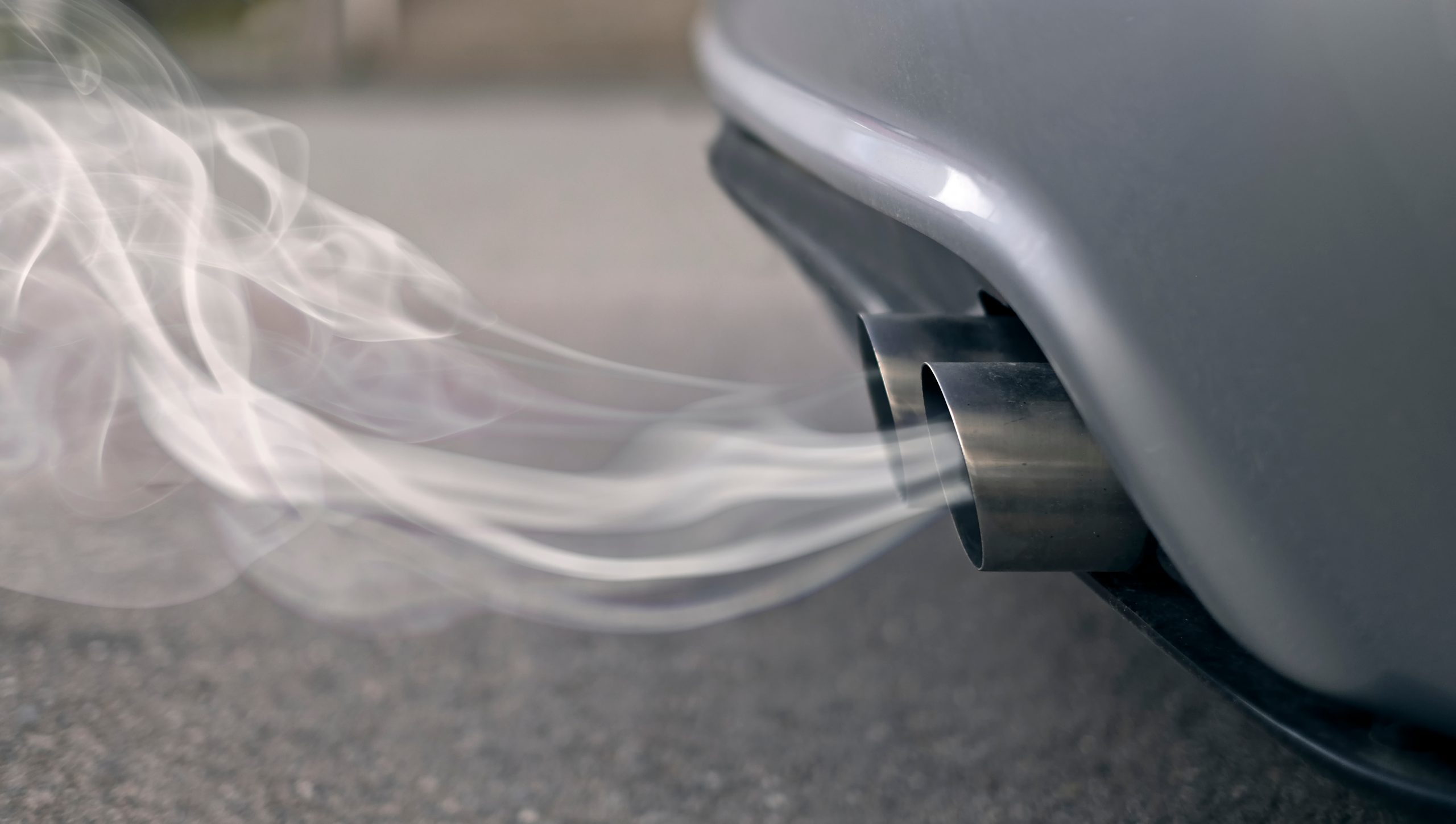
ICE vehicles contribute significantly to air pollution. To power the car, the engines combust fuel and release gases like Sulphur Oxides and Hydrocarbons. These gases are known to be significant contributors to global warming and are harmful to humans.
On the other hand, EVs run on electricity and produce zero direct emissions, hence eliminating the release of harmful pollutants. This will also help maintain better air quality standards due to the reduction in smog.
Gas Emissions
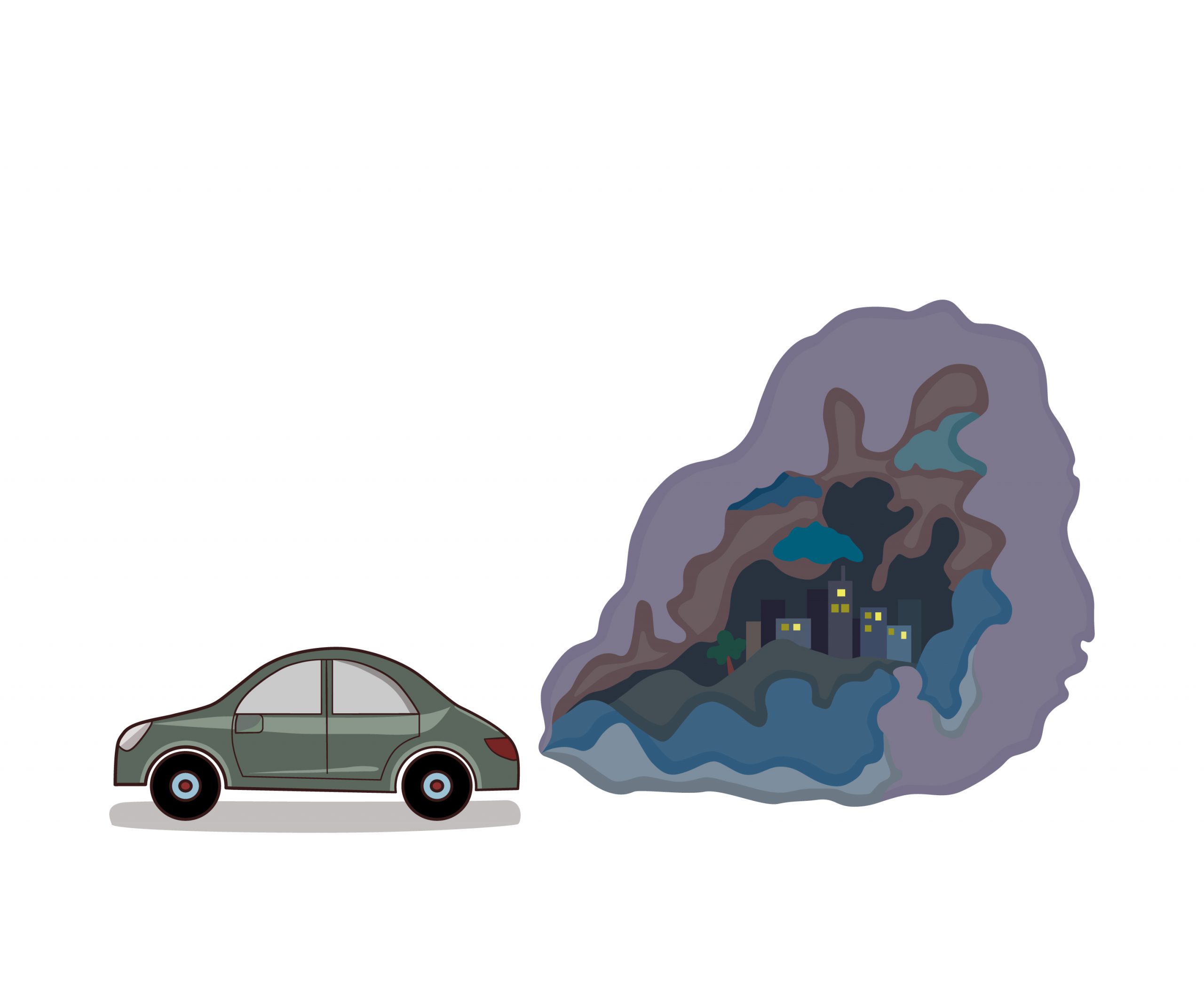
Many people advocate driving EVs as a way to protect the environment because of its zero direct emissions. However, if we consider the life-cycle emissions of EVs, i.e. look at the gases given off during manufacturing, driving and recycling of the vehicles, it might not be as clean as we thought.
Manufacturing EVs requires the mining of lithium to be used as batteries to power the vehicle. It’s estimated that the process actually creates around 3.2 tonnes of gases! But that’s not all, the way electricity is generated to power EVs also contributes to a high level of harmful gas emissions.
For example, if a power plant relies on coal to generate electricity, it would result in higher carbon emissions. On the contrary, if eco-friendly methods such as solar panels or wind turbines are used, the emissions would be lower.
Fuel Efficiency
ICE vehicles are inefficient in how they consume fuel. Only 16% – 25% of the energy from the fuel is actually converted into the energy to move the vehicle. The rest of the energy is either lost to exhaust heat, friction and combustion or used to power accessories like headlights. So, there’s higher energy and fuel consumption which further harms the environment, and is essentially money going to waste.
EVs are more efficient in the conversion of energy – 59% – 62% of the electrical energy from the source to power its wheels. With EVs already not emitting harmful pollutants, the efficiency of powering the vehicle is definitely an advantage in the fight to reduce harmful emissions.
Maintenance and Conditioning
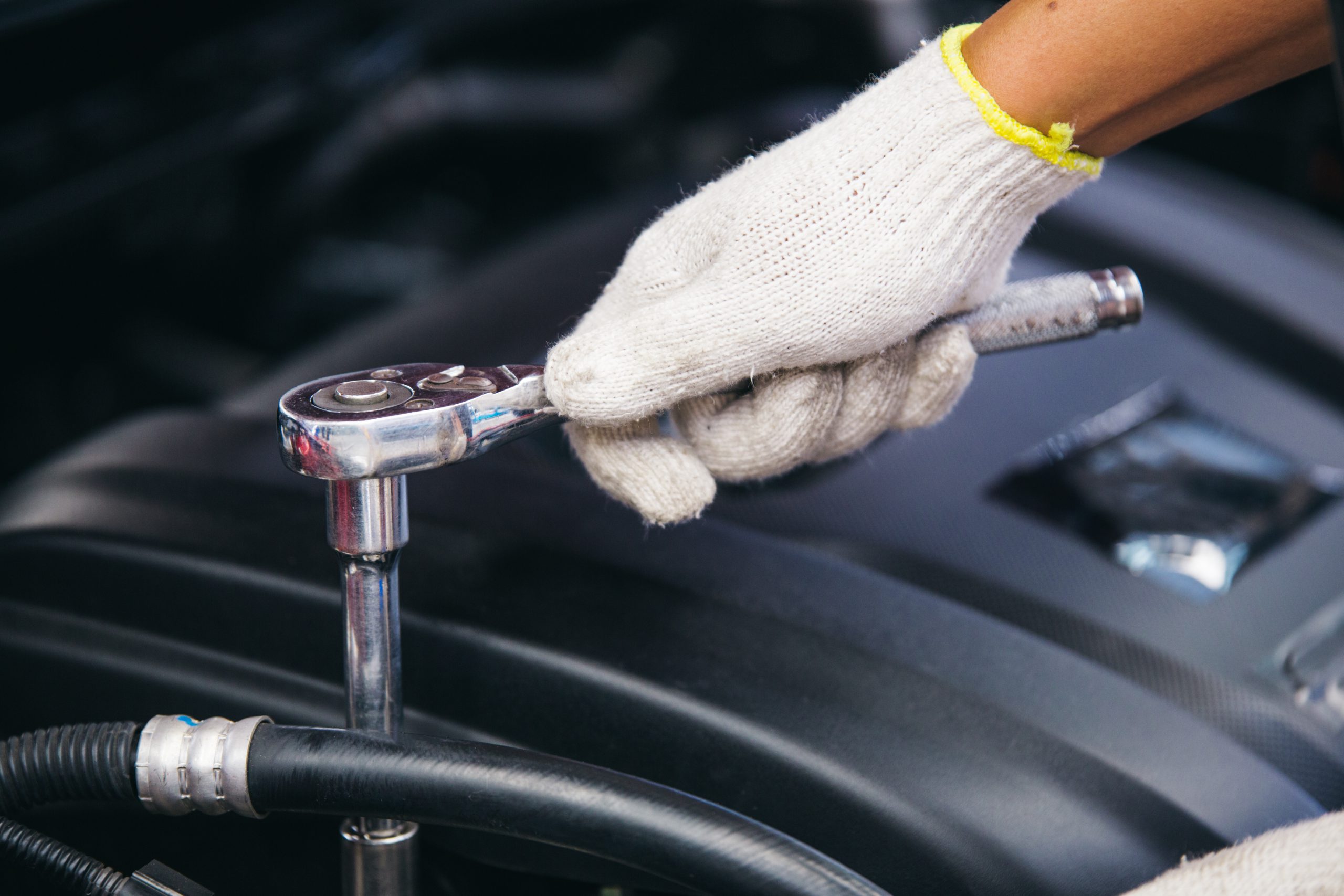
If you’ve owned a car, you can probably relate to the pain of driving it to the workshop for different repairs. That’s because ICE vehicles have many moving parts under the hood. Most of them are mechanical, which means they are subjected to wear and tear. Additionally, the possibility of these parts breaking down is also higher.
On the other hand, changing parts in EV isn’t as technical as it is in ICE vehicles. The maintenance schedule is also a lot more spread out. Depending on the manufacturer, you can choose to send your EV for servicing every 2 years, whereas the rule of thumb for ICE vehicles is to service your car every year or 10,000KM, whichever comes first.
All in all, this would mean that maintenance and servicing for EVs should be a lot cheaper.
Electric VS Internal Combustion Engine Vehicle
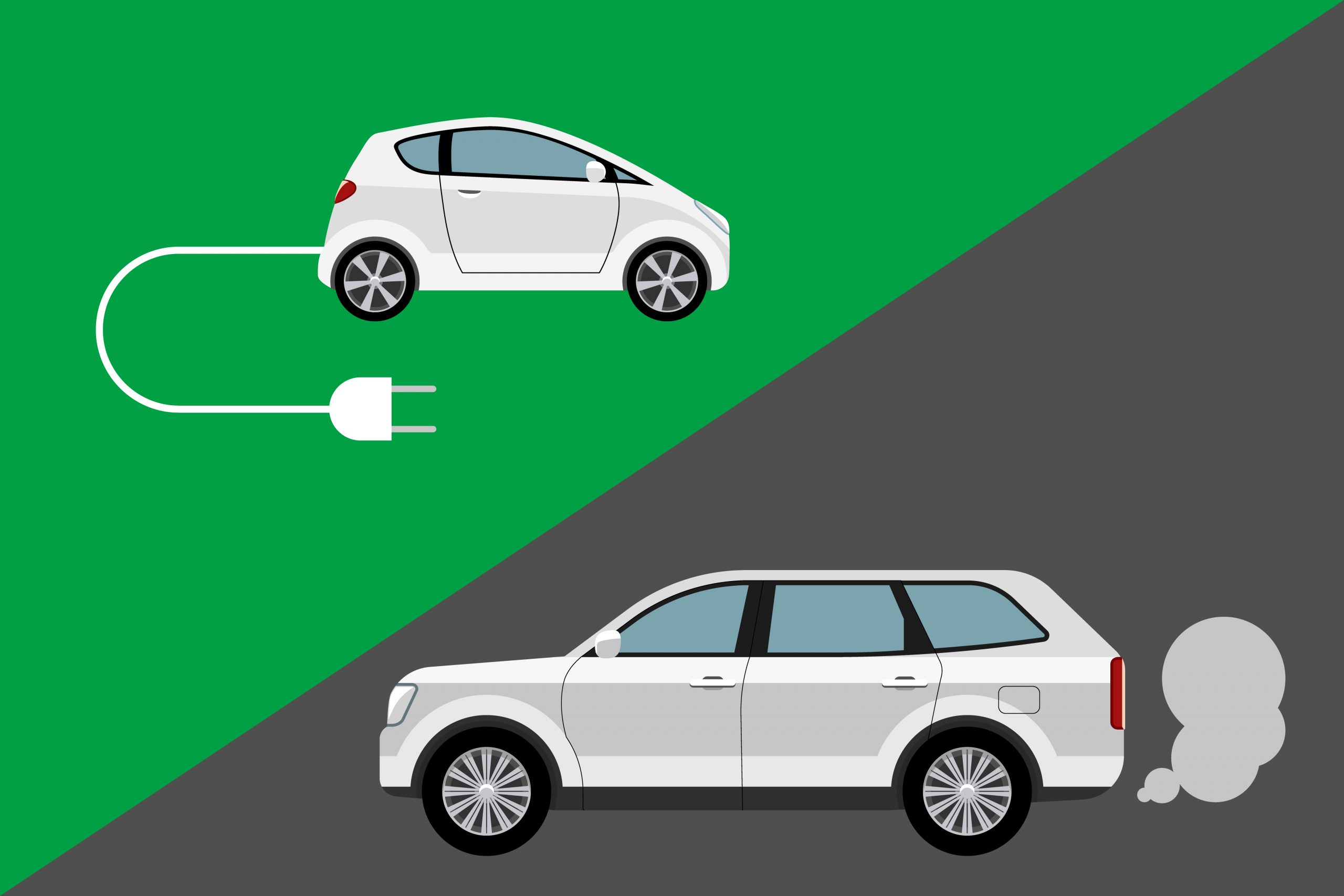
As Deputy Prime Minister Heng Swee Keat said during his Budget 2020 speech, “Vehicles with internal combustion engines also contribute to pollution, adversely affecting our health and quality of life.” So, phasing out ICE cars will be a way for us to live healthier. Not to mention, it is also a way to keep the Earth healthy!
Although EVs are not entirely carbon-free when life-cycle emissions are considered, we cannot deny that it’s definitely cleaner with zero direct emissions. The key question we have to ask ourselves when considering an EV is how the vehicle is manufactured. Additionally, with the new plans that make owning an EV cheaper coming into place, it might provide the necessary push to get more Singaporeans on board with EV.
People also liked: A COMPLETE GUIDE TO DISINFECT YOUR CAR 10 THINGS WE LOVE ABOUT CAR SUBSCRIPTION COVID-19 CIRCUIT BREAKER: IMPORTANT INFORMATION FOR CAR OWNERS



